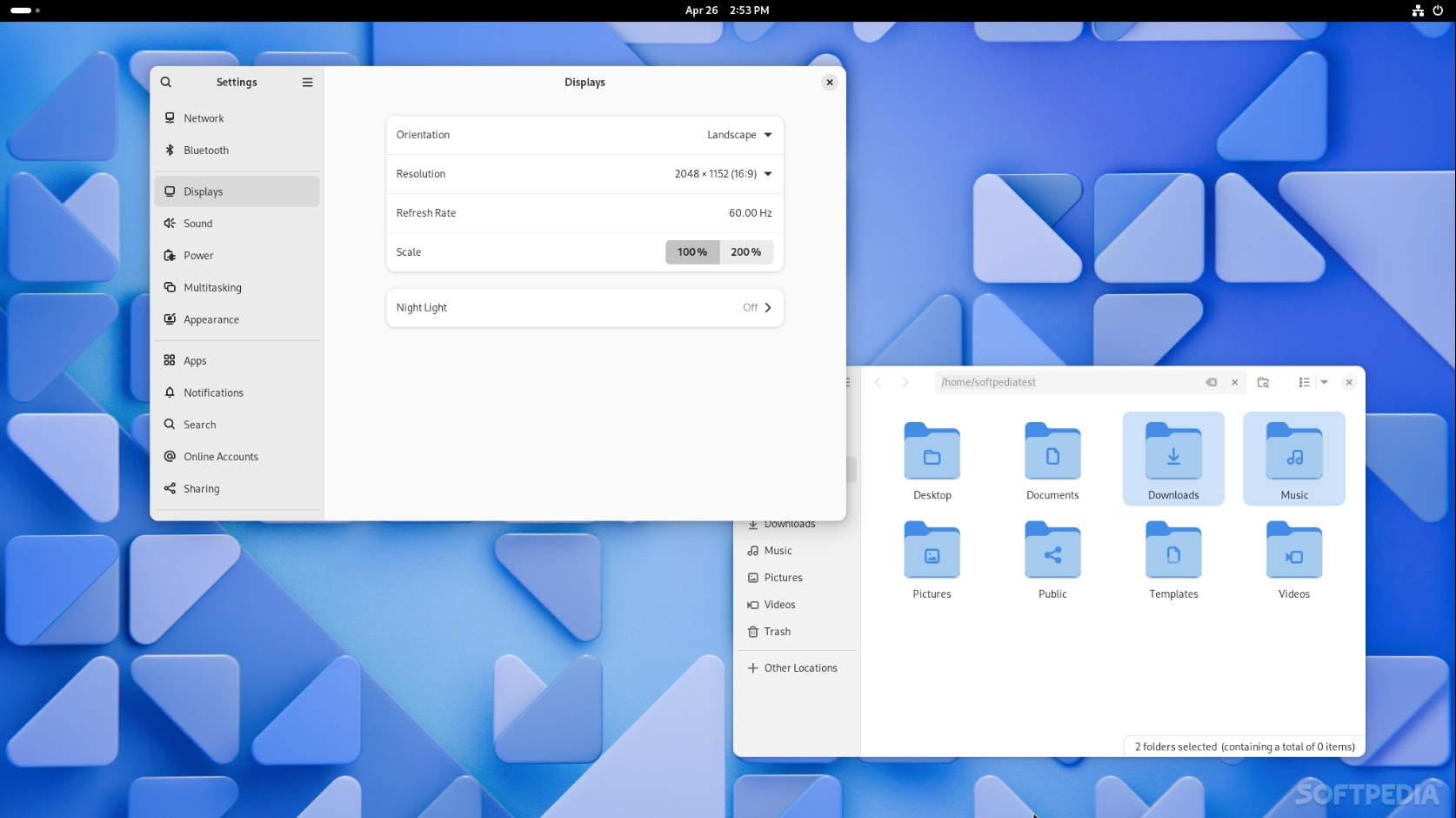

GNOME releases are something of a big talking point in the Linux world, well, at least for people who swear by the popular desktop environment.
If you love GNOME and you want to try the latest major GNOME releases as soon as possible (even before they’re released on the development branches of some of the most popular distros out there such as Ubuntu, Fedora, openSUSE, Debian, etc.) then GNOME OS is for sure a good answer.
GNOME OS is GNOME’s own operating system, but with a twist. The whole point of GNOME OS is to provide developers and journalists with a quick and nice way to test all the latest and greatest that GNOME has to offer in terms of features.
In actual fact, calling it an operating system is not really politically correct since it’s not a separate full-fledged Linux distribution. It’s build specifically to make the GNOME desktop work, and not much more. What does this mean?
The simplest ways of putting it is that GNOME OS is “bleeding edge, in-development software, and not recommended for daily usage if you’re not a developer.” Of course, there are two different versions of GNOME OS: user and developer. The developer version features some additional “stuff” such as git, toolbx, podman, and debug symbols (you can switch between them by changing the active branch and then rebooting the system).
You should know that hardware support is somewhat limited (but if you have Intel graphics and Wi-Fi, you’re in the clear, as they should work without issues). You should also be aware that there’s no dedicated security team, and some features are missing (like disk encryption).
Finally, since GNOME OS doesn’t have a traditional package manager, all system updates are done via OSTree.
Another caveat is that GNOME can only be installed on real hardware or with the help of Boxes (or GNOME Boxes, a super simple and streamlined virtualization app available on Flathub).
The easiest way is, naturally, with Boxes. Simply click the “+” button in the upper-left corner and either download the OS directly or install it from file (in case you already downloaded the ISO file). Once the installation is complete, you can customize the configuration as needed (in terms of resource allocation and other minor aspects), and simply reformat and install.
As mentioned before, GNOME OS is not designed to be a daily driver. Nevertheless, it’s a nice exercise and it’s definitely something that comes in handy for developers and journalists, as well as for curious users who want to get a basic idea about what’s to expect with new and future releases of their favorite GNOME-based Linux distributions.
